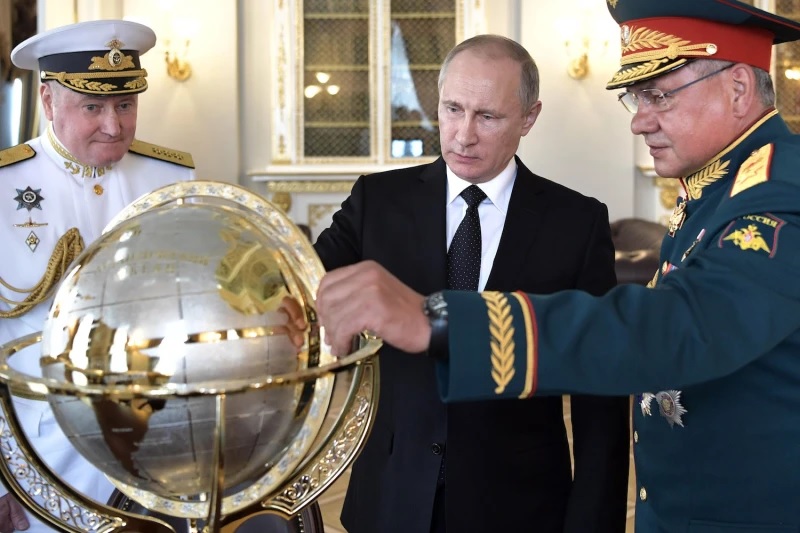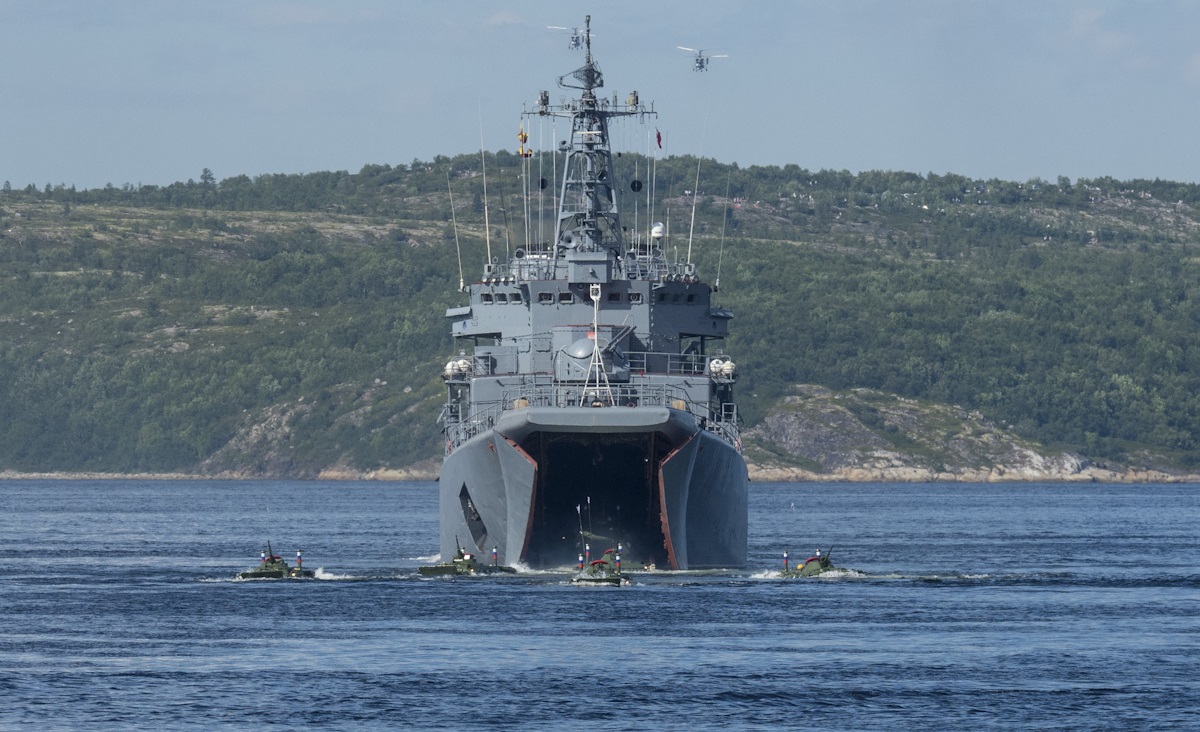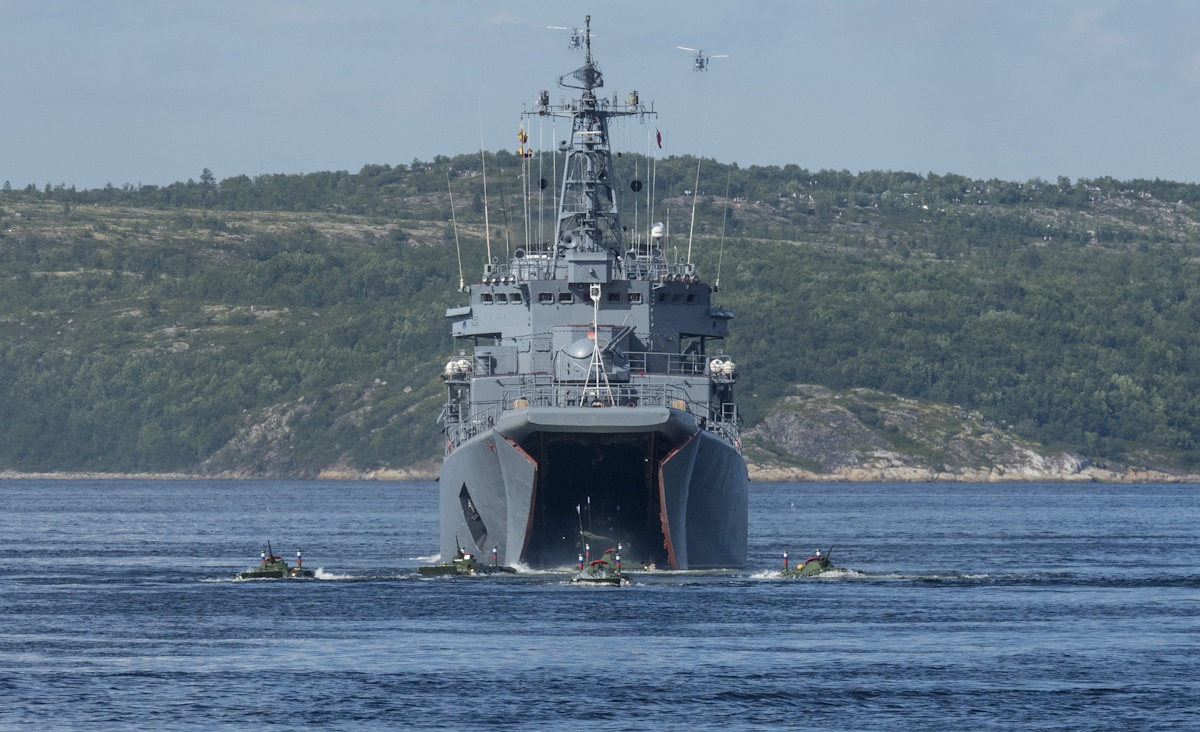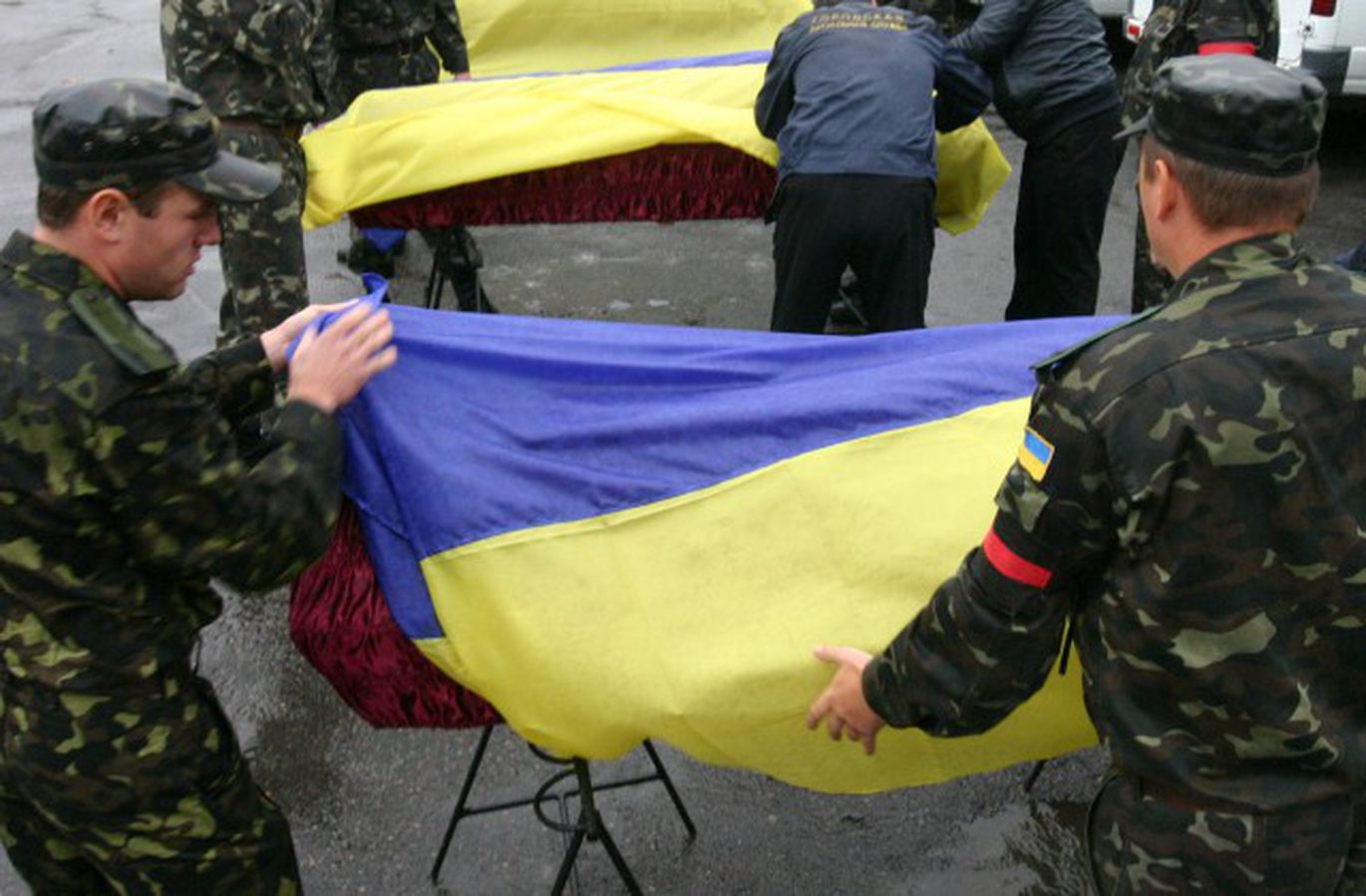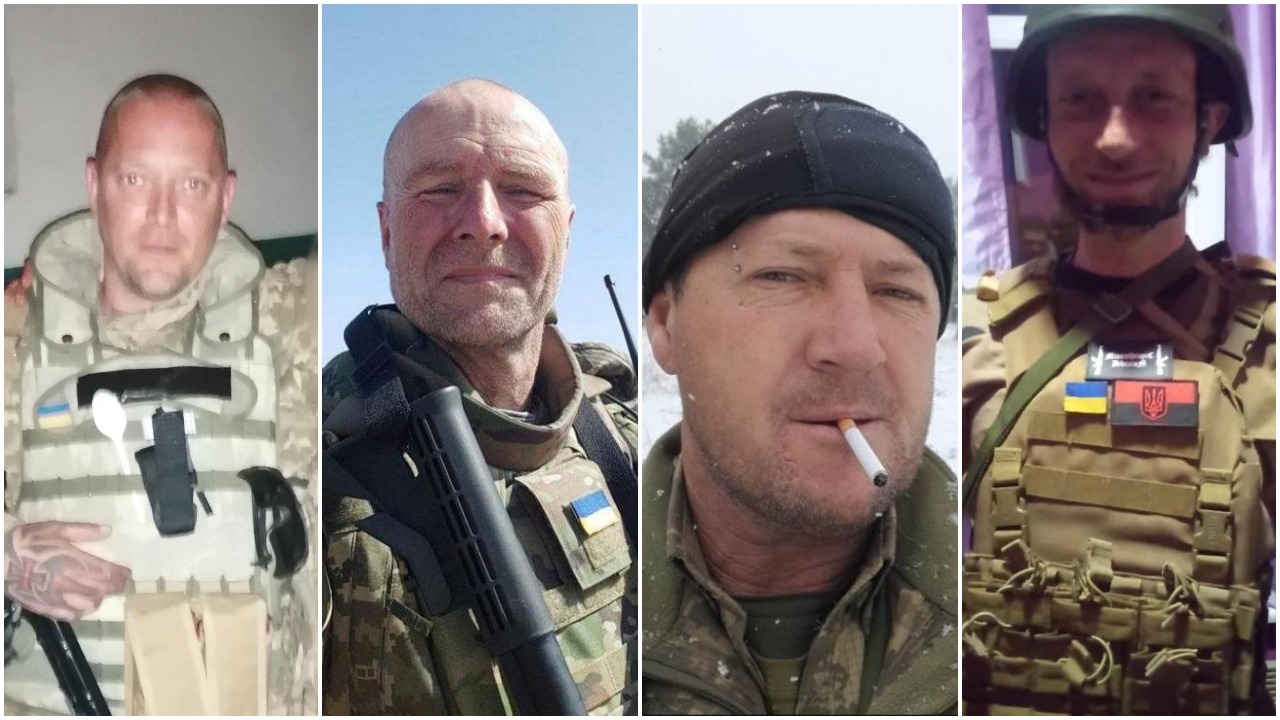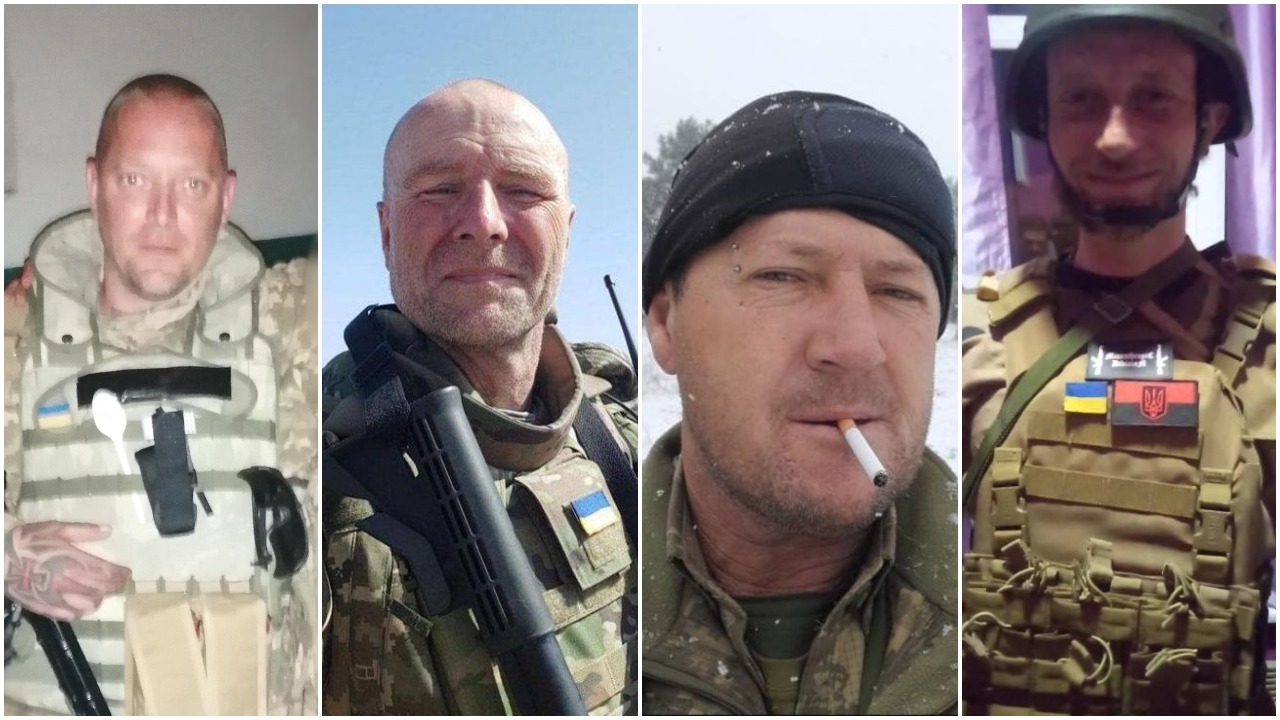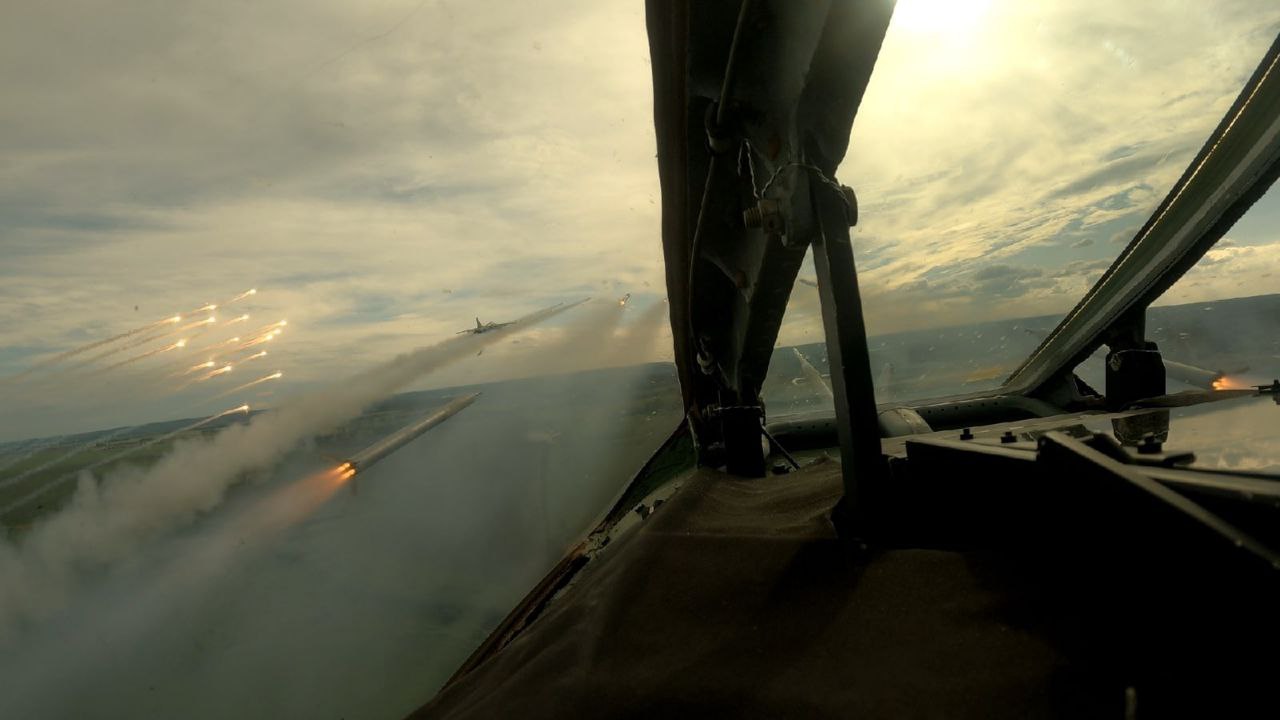WAR IN UKRAINE DAY 100: OVERVIEW OF MILITARY DEVELOPMENTS
Support SouthFront
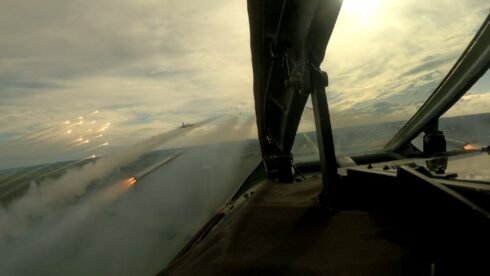
Russian Su-25 over Ukraine
June 3 marked the 100 day of the Russian military operation in Ukraine aimed at liberation of the Donetsk and Luhansk People’s Republics from control of the Kiev regime.
So far, joint DPR and LPR troops with support of the Russian Armed Forces liberated and established full control over 224 settlements on the territory of the Donetsk People’s Republic. On May 2, the head of the Luhansk People’s Republic claimed that all settlements have been moped up of militants of Ukrainian armed formations, except the cities of Severodonetsk and Lisichansk, where fierce clashes continue. The entire Kherson region and a big part of the Zaporozhie region are under control of the Russian military.
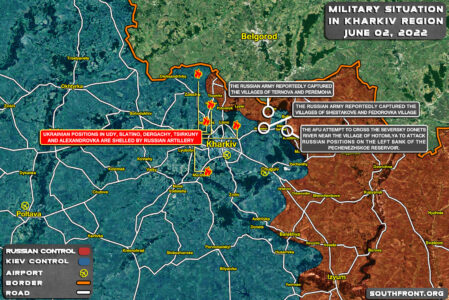
Click to see full-size image
The Kharkov region remains one of the main battlefields of the Ukraine war. After the AFU failed to repel Russian forces from the region and hold their positions near the border, the Russian military went into offensive and is taking back control over the settlement, approaching the outskirts of the city of Kharkov. Near the town of Stary Saltov, Russian-led forces took control over the villages of Shestakovo and Fedorovka located on the road leading to the town. As a result, the Armed Forces of Ukraine found themselves in a trap. At the same time, the AFU reportedly finished the pontoon crossing across the river of Seversky Donets near the village of Hotomli. The attack of Ukrainian forces may threaten Russian positions south of Stary Saltov and deblocade the road to the town. In the northern part of the Kharkov front clashes reached the area if Tsirkuny.
The launch of the US Switchblade 300 barrage ammunition by the AFU forces near Kharkov:
Russian troops are expected to blockade the city of Kharkov from the east and likely move in the southern direction towards the town of Chuguev, one of the main bases of the AFU in the region. Ukrainian control of Chuguev threatens Russian forces in the Izyum area, which are aimed at the offensive on the cities of Slavyansk and Kramatorsk.
Russian military operations in the Kharkov region are aimed at the distraction of the Ukrainian military from the fighting on the northern Donbass frontlines. The Russian counter offensive may mark the resumption of massive attacks in the Izyum area, where positional clashes have continued over the last weeks. The Ukrainian military has previously reported the reinforcement of Russian positions in Izyum. Thus, the resumption of Russian offensive towards Slavyansk may be expected soon.
On the northern front lines of the Donetsk People’s Republics, fierce clashes continue near the same settlements
in the Izyum area. The AFU artillery strikes hit the Russian military positions in Rudnevo and Dolgenky. Positional battles continue in Velykaya Kamishevakha. No advances by any sides in the area have been confirmed so far.
From their positions in Izyum, Russian units are advancing along the western bank of the Seversky Donets river. Battle for the town of Bogorodichnoye continues for at least five days. Russian control over the settlements and the road to Sidorovo would lead to the encirclement of the AFU units defending Svyatogorsk.
In the town of Svyatogorsk, almost all residential areas are already under control of Russian-led forces. Ukrainian units retreat without heavy fighting. They crossed the Seversky Donets River and established the military positions in the Svyatogoskaya Lavra, local monastery located on a hill on the right bank of the river. Ukrainian artillery deployed in a sacred place is preventing Russian-led forces from approaching the AFU fortifications and take control over the town.
The Svyatogorsk Lavra is one of the key places of Orthodoxy. Thus, the AFU are expected to defend their positions in the monastery until it is destroyed. Provocations aimed at blaming Russia for the destruction of the sacred place are also possible. The split between the Russian and Ukrainian Orthodox churches clearly demonstrated that the Kiev regime is easily manipulating the faith of their people.
According to local reports, the monks were taken hostage by the Ukrainian military. So far, three victims among them have been confirmed. On May 30, two monks and a nun were killed. Three more clergymen were wounded.
The Kiev regime has already claimed the death of the monks to be another inhumane action of the Russian military. However, the fact only confirms that they were taken hostage in the monastery by Ukrainian servicemen.

Click to see full-size image
The AFU garrison in Svyatogorsk was cut off from other Ukrainian units. Kiev confirmed the retreat of Ukrainian forces from the area south of the town. The AFU withdrew to the right bank of the Seversky Donets River, leaving the villages of Ozernoye, Shchurovka, Brusovka without a fight.
On June 3, the DPR Territorial Defense Headquarters confirmed full control over Shchurovo.
In the area of
Krasny Liman which was recently taken under control of the DPR, Russian-led forces are yet to cross the Seversky Donets River near the town of Rayhorodok in order to advance towards the city of Slavyansk from the east. Last night, heavy artillery fighting across the river was reported.
No major assault of the advancing forces is expected in the nearest future. Russian-led forces are likely to continue the positional battles near Rayhorodok until the entire region on the left bank of the Seversky Donets river is secured, and other Russian units approach Slavyansk area from other directions.
Battle for
Severodonetsk continues. Almost all residential areas in the city are under control of the LPR. The AFU hold their positions in the Azot chemical plant in Severodonetsk and on the hills in Lisichansk. Clashes already broke out in the industrial zone.
According to Russian reporters in the area, the AFU units, who were hiding on the territory of the Azot plant in Severodonetsk, attempted to counterattack in order to push Russian forces away from the industrial area two days ago. The attack was accompanied by the support of the Ukrainian artillery deployed in the city of Lisichansk. In response, Russian troops opened massive fire from artillery, MLRS and mortars, nullifying the enemy’s efforts.
In the Severodonetsk region, fighting is going on in Ustinovka and Privolye. LPR control over the towns would pave the way towards the industrial zone in Severodonetsk and Lisichansk from three directions.
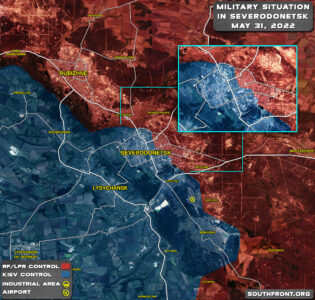
Click to see full-size image
heir unrestrained desire to retain control over the occupied territories of the Luhansk People’s Republic, the Ukrainian militants turned the city of Severodonetsk into a real fortress, as it seemed to them to be impregnable. Literally in every yard, on every street, on every corner of the city, firing points, dugouts and trenches were equipped. As usual, fortifications were equipped near residential buildings, at intersections and even on children’s playgrounds. Trenches were equipped without taking into account civilian communications and the risk to the civilian population.
Ukrainian fascists are ready to sacrifice the lives of civilians in order to keep the territory, even if it is burned and deserted.
Local resident Yuri: “They dug in there. They lived somewhere at the end of the house, in a corner entrance. Our 6th entrance. That is, they controlled the entire space, went everywhere, looked at what they needed and took it. Diligently they passed everything, took it away. They were looking for money, alcohol, drugs, etc.”
Along the streets there are large-caliber guns and other military equipment. The streets are blocked by rubble from lampposts and barricades, but the assault units of the LPR defense department, supported by artillery, rushed into the city so quickly that the enemy practically did not resist and retreated into the urban industrial zone. However, they will not be able to hold on for long either. The victory will be ours.” – the LPR military department reported.
On June 3, a group of journalists of Russia Today and Reuters came under the AFU fire on the Severodonetsk outskirts:
“They came under shelling at the entrance to Severodonetsk. One of the shells flew right into the escort car 5-10 meters in front of us, in which, among others, a Reuters film crew of two people was traveling. At first it seemed that they had blown up on a mine: the car turned over on its side and caught fire. The driver of the escort died on the spot, the journalists are in the hospital. Our group is safe. They hit us purposely: they waited until we stopped at, as it turned out, the targeted section of the road and only then began firing, adjusting fire by a drone. And yes, both of our cars were civilian.” – RT journalist reported.
The AFU still hold their positions in the
Zolotoe area, which is almost surrounded by Russian-led forces. According to preliminary data, the town of Kamishevaha came under DPR control and Russian-led forces reached the western outskirts of Zolotoe. Ukrainian units withdrew from their positions in the settlement to the nearby forest areas. The AFU still hold their positions in Vrubovka.
Russian-led forces are slowly advancing towards the city of
Bakhmut. The village of Pilipchatino came under full DPR control. Fierce clashes continue on the Bakhmut — Lisichansk highway. The AFU is transferring additional reinforcements to the road launching artillery strikes on Nyrkovo, Belogorovka and Berestovoye.
Clashes continue for the control over the Uglegorskaya power plant near the city of
Svetlodarsk which is already under DPR control. DPR units entered the southern outskirts of the town of Novolugansk. Control over it would let them attack the AFU positions in the plant from the southern direction.
In the
Avdeevka area, the AFU launched a counter attack but failed and lost several armored vehicles. Clashes continue on the southern and eastern outskirts of the city. On June 1, the road for the supply of the AFU in the Avdiivka area was cut off.
A sniper of the Armed Forces of the Russian Federation strikes Ukrainian positions in the vicinity of Avdiivka with a captured US-made Desert Tech SRS-A2
Artillery fire by the 1st mechanized battalion of the DPR army destroys the ammunition depot of the Armed Forces of Ukraine near the settlement of New York (Novgorodskoe) in the Donetsk region:
On June 3, 2 civilians were killed including a child as a result of the detonation of an explosive object on a beach in the city of
Mariupol.
In the city of
Berdyansk, the mine-clearing operations were carried out on the territory of the local port. The operations are carried out by the Engineering Service of the Black Sea Fleet of the Russian Federation. Specialists of the engineering division plan to carry out a complete mine clearance of the port in three days and secure the facility for civilian vessels.

 ) interviewees,
) interviewees,

